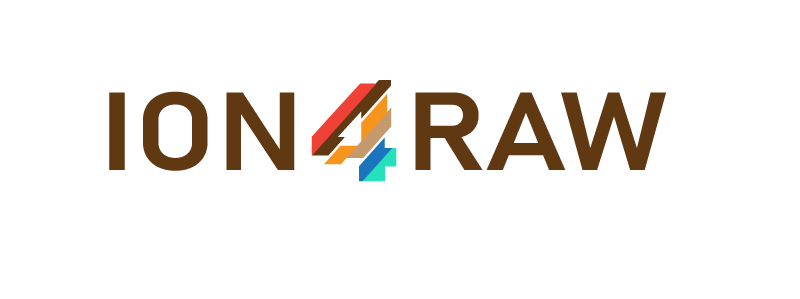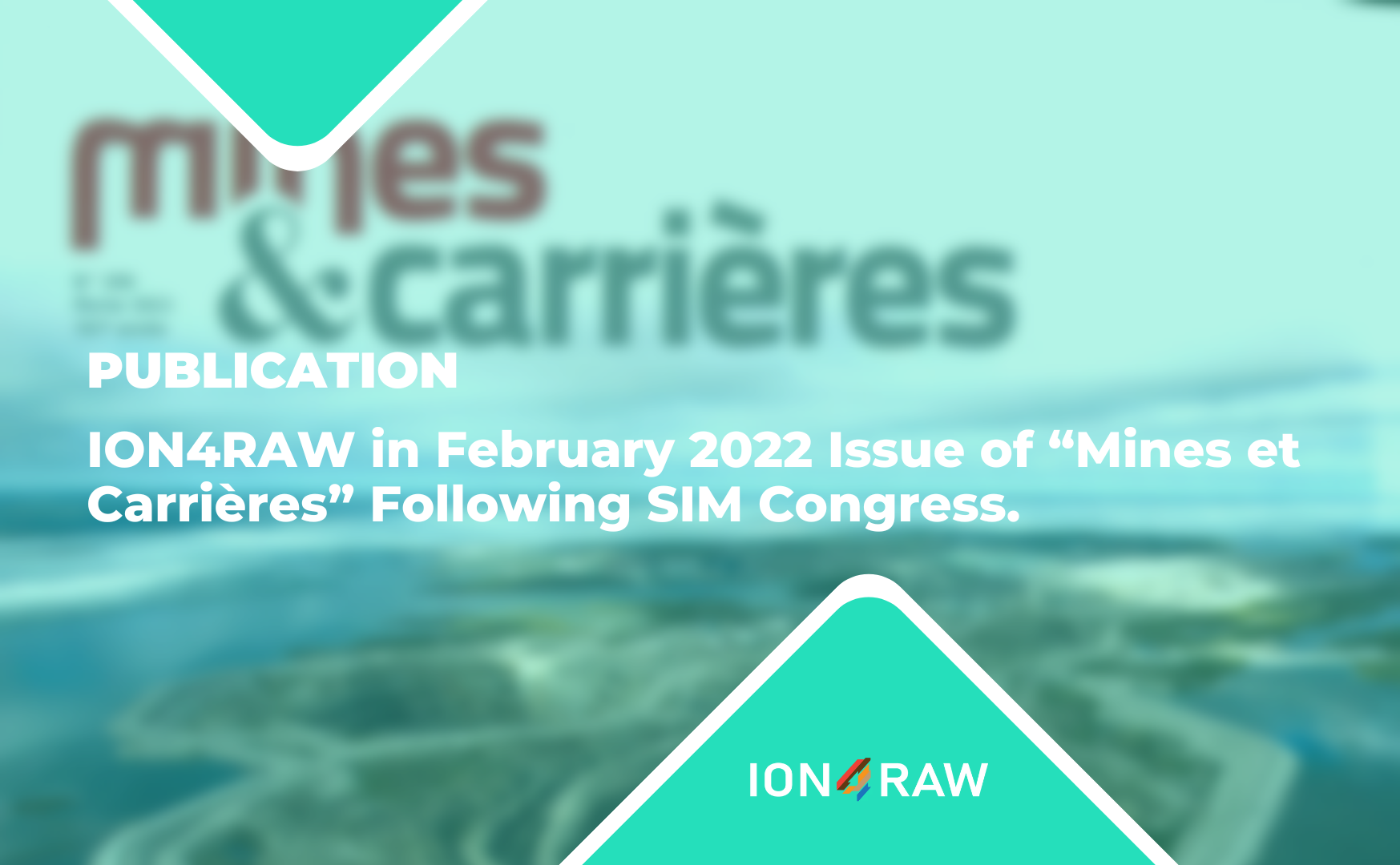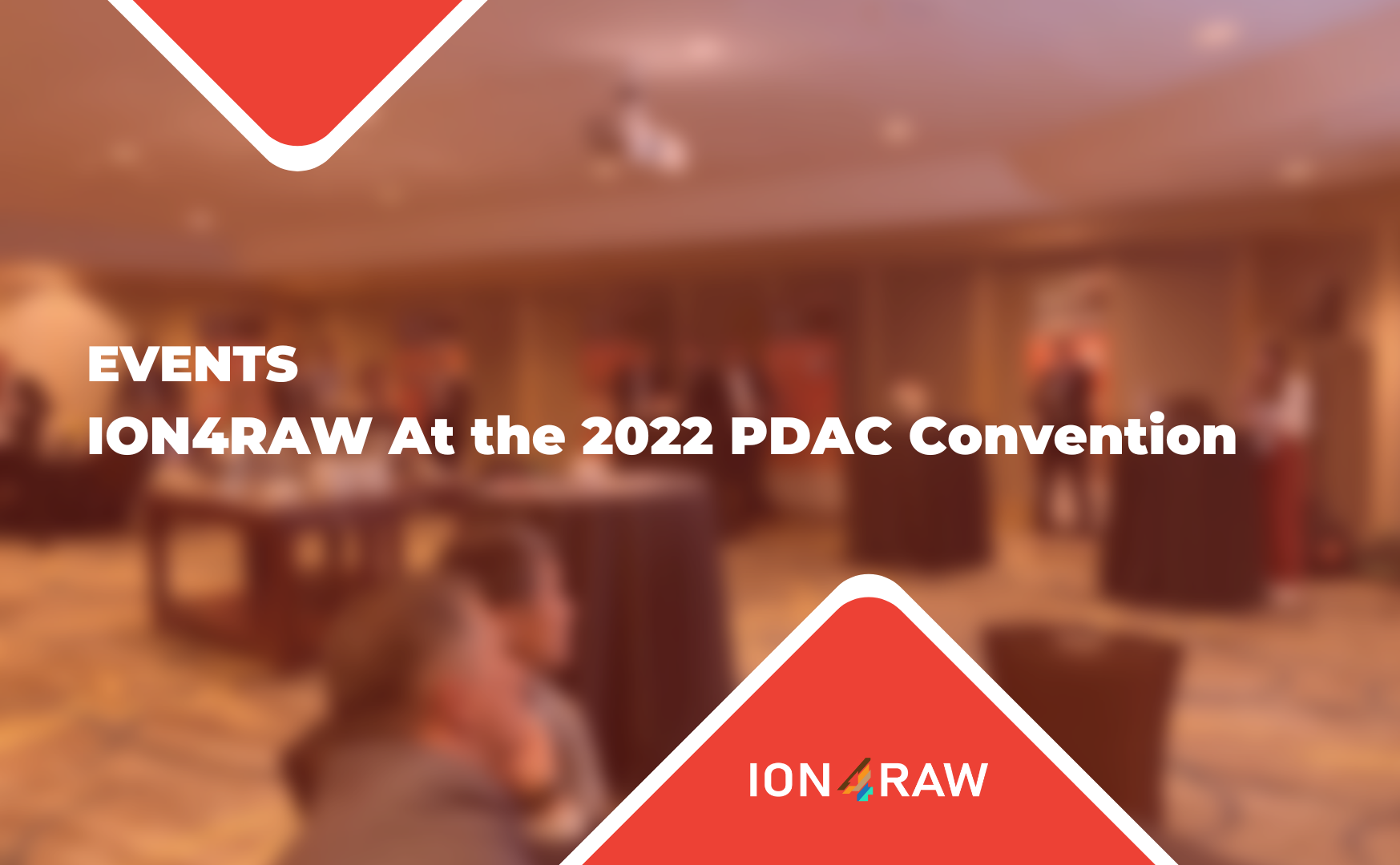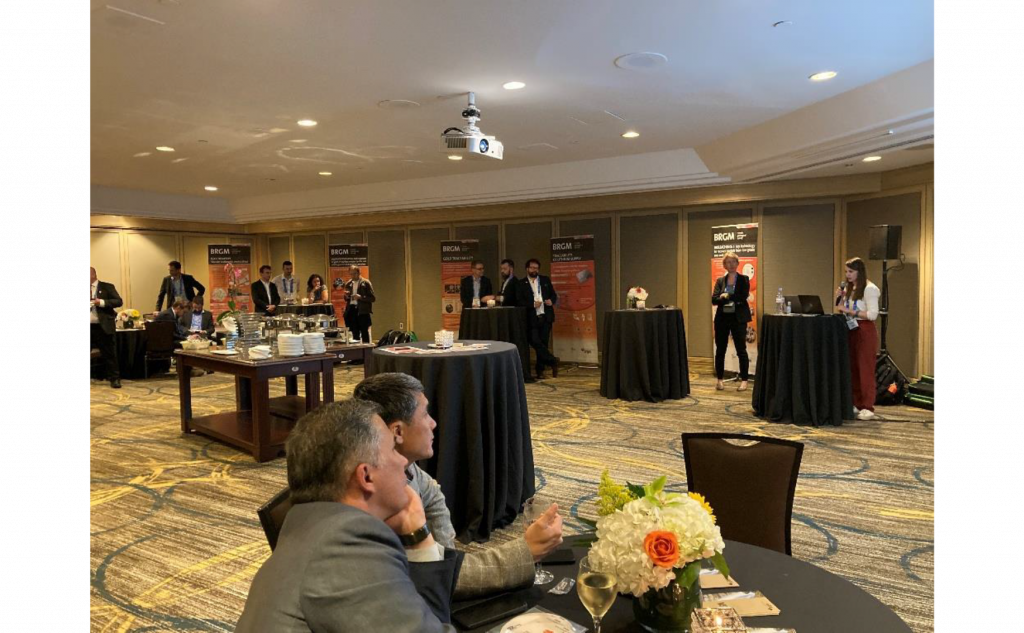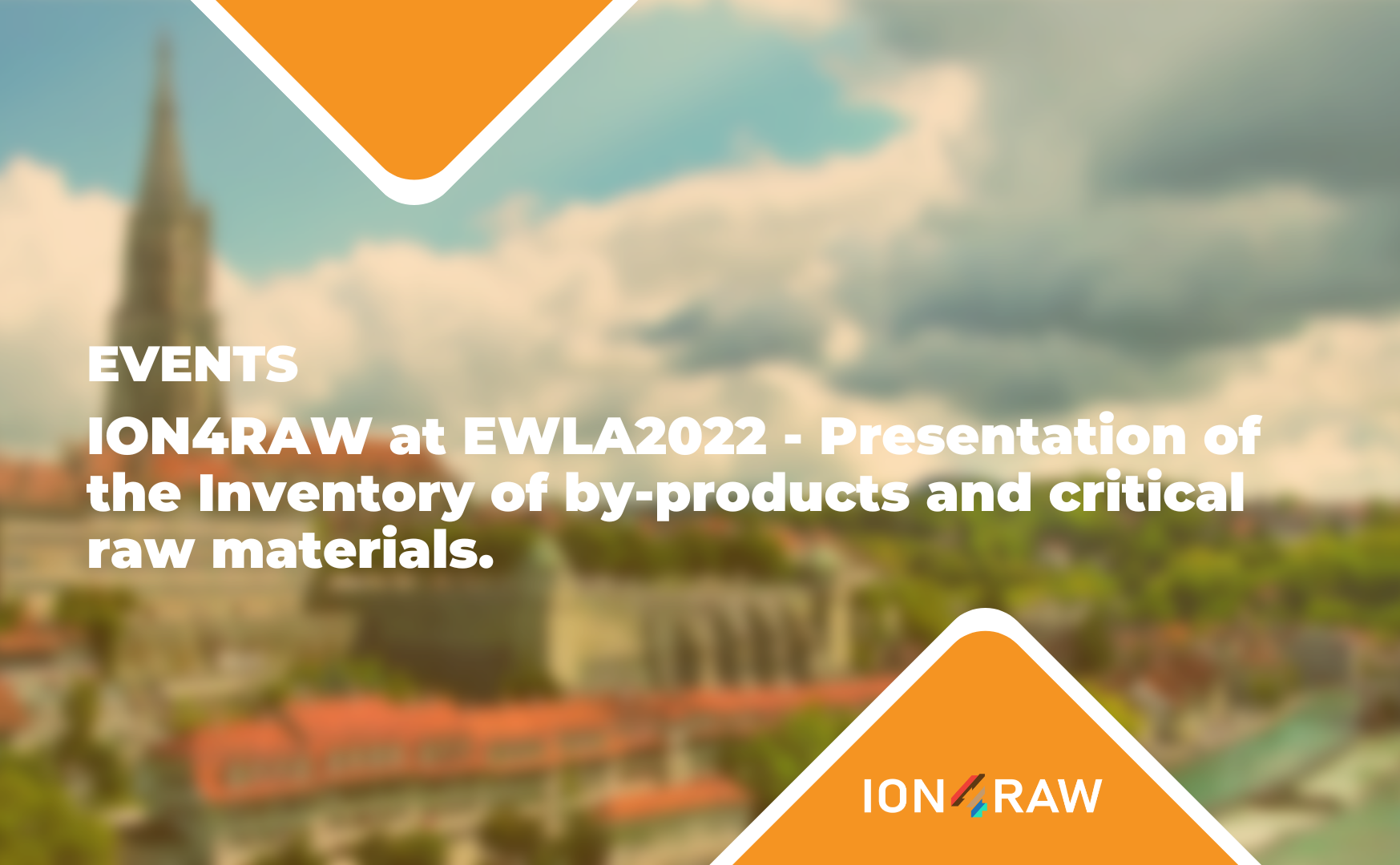This year’s Raw Materials Week took place from 14 to 18 November 2022. This week was an opportunity for raw materials related projects to be creative and that is why the SCRREEN project, in collaboration with the ION4RAW, AfricaMaVal, Biorecover and PEACOC projects and the PROMETIA Association created the RawMaterials4Future Quiz to engage with a public that was already familiar with the concept of raw materials. But the quiz was also an opportunity for people without much knowledge of raw materials to learn more about them and their criticallity.
The quiz was launched on 14 November along with social media posts to better engage with the audience.
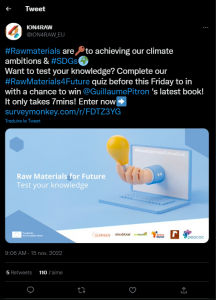
With over 100 particpants, the first 10 winners were rewarded with Guillaume Pitron’s Rare Metals War: the dark side of clean energy and digital technologies.
Interested in re-living the experience? Questions from the RawMaterials4Future Quiz are now available on our website. Test your knowledge now!

